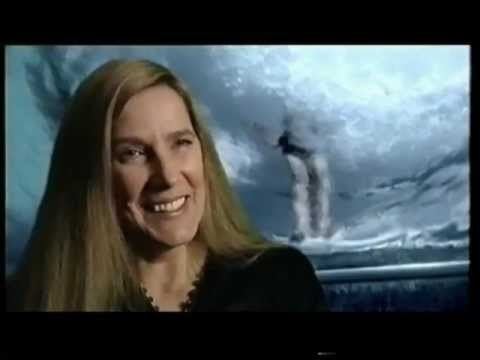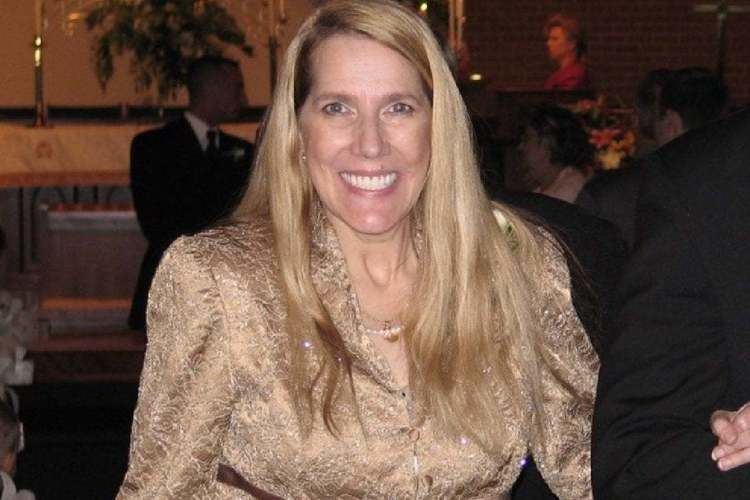Name Pam case | ||
 | ||
Nationality American Occupation Singer Born 1956 (age 54) Died 22 May 2010 (aged 54) Similar Eben Alexander (author), Robert F Spetzler, Betty Eadie | ||
Pam Reynolds: NBC interview about her Near Death Experience
Pam Reynolds Lowery (1956 – May 22, 2010), from Atlanta, Georgia, was an American singer-songwriter. In 1991, at the age of 35, she stated that she had a near-death experience (NDE) during a brain operation performed by Robert F. Spetzler at the Barrow Neurological Institute in Phoenix, Arizona. Her experience is one of the most widely documented in near-death studies because of the circumstances under which it happened. Reynolds was under close medical monitoring during the entire operation. During part of the operation she had no brain-wave activity and no blood flowing in her brain, which rendered her clinically dead. She claimed to have made several observations during the procedure which later medical personnel reported to be accurate.
Contents
- Pam Reynolds NBC interview about her Near Death Experience
- Diagnosis and operation
- Claimed NDE
- Reception
- References
This near-death experience claim has been considered by some to be evidence of the survival of consciousness after death, and of a life after death. However, others have pointed to prosaic and conventional means as possible explanations. Reynolds died from heart failure, on Saturday May 22, 2010, age 53 at Emory University Hospital, in Atlanta, Georgia. Her memorial service was held on May 28, 2010 at 2PM at H.M. Patterson & Son, Oglethorpe Hill.
Diagnosis and operation

Pam Reynolds reported to her physician that she was experiencing symptoms of dizziness, loss of speech and difficulty in moving parts of her body. (when?) (references needed) Her physician referred her to a neurologist and a CAT scan later revealed that Reynolds had a large aneurysm in her brain, close to the brain stem. Because of the difficult position of the aneurysm, Reynolds was predicted to have no chance of survival. As a last resort, Robert F. Spetzler — a neurosurgeon of the Barrow Neurological Institute in Phoenix, Arizona — decided that a rarely performed surgical procedure, known as hypothermic cardiac arrest, was necessary to improve Pam's outcome. During this procedure, also known as a standstill operation, Pam's body temperature was lowered to 50 °F (10 °C), her breathing and heartbeat stopped, and the blood drained from her head. Her eyes were closed with tape and small ear plugs with speakers were placed in her ears. These speakers emitted audible clicks which were used to check the function of the brain stem to ensure that she had a flat EEG — or a non-responsive brain — before the operation proceeded. The operation was a success and Reynolds recovered completely. The total surgery lasted about 7 hours with a few complications along the way.
Claimed NDE
Reynolds reported that during the operation she heard a sound like a natural 'D' that seemed to pull her out of her body and allowed her to "float" above the operating room and watch the doctors perform the operation. Reynolds claims that during this time she felt "more aware than normal" and her vision was more focused and clearer than normal vision. Reynolds says she was able to identify surgical instruments and hear conversations between operating room staff.
At some point during the operation, she says she noticed a presence and was pulled towards a light. She says she began to discern figures in the light, including her grandmother, an uncle, other deceased relatives and people unknown to her. According to Reynolds, the longer she was there, the more she enjoyed it, but at some point she was reminded that she had to go back. She says her uncle brought her back to her body, but she didn't want to go, so he pushed her in accompanied by a sensation like that of jumping into ice water.
Reception
Reynolds' near-death experience has been put forward as evidence supporting an afterlife by proponents such as cardiologist Michael Sabom in his book Light and Death, but critics say that the amount of time which Reynolds was 'flatlined' is generally misrepresented and suggest that her NDE occurred while under general anaesthesia when the brain was still active, hours before Reynolds underwent hypothermic cardiac arrest.
Anesthesiologist Gerald Woerlee analyzed the case, and concluded that Reynolds' ability to perceive events during her surgery was the result of "anesthesia awareness".
According to the psychologist Chris French:
Woerlee, an anesthesiologist with many years of clinical experience, has considered this case in detail and remains unconvinced of the need for a paranormal explanation... [He] draws attention to the fact that Reynolds could only give a report of her experience some time after she recovered from the anesthetic as she was still intubated when she regained consciousness. This would provide some opportunity for her to associate and elaborate upon the sensations she had experienced during the operation with her existing knowledge and expectations. The fact that she described the small pneumatic saw used in the operation also does not impress Woerlee. As he points out, the saw sounds like and, to some extent, looks like the pneumatic drills used by dentists.
